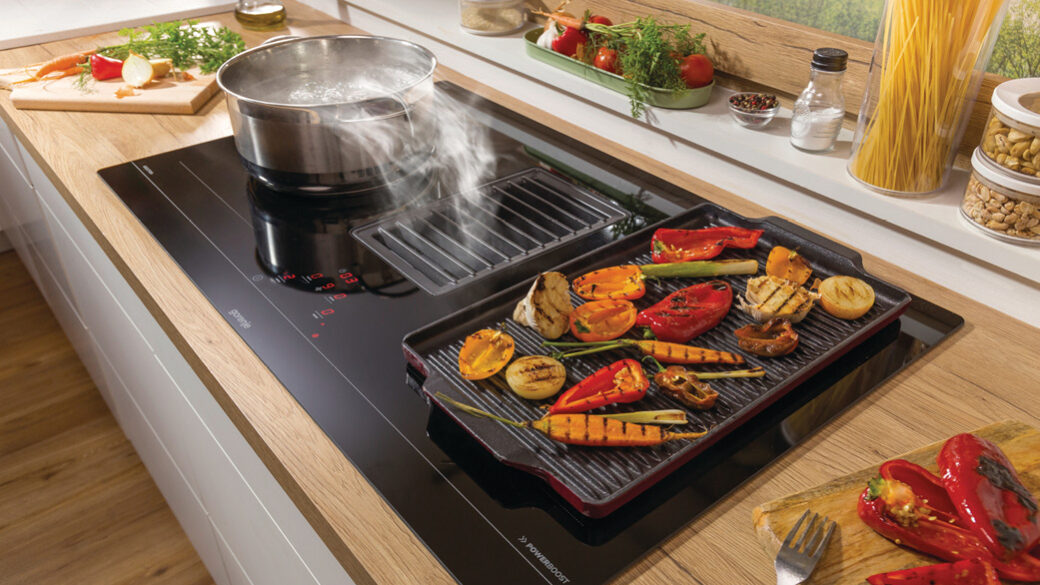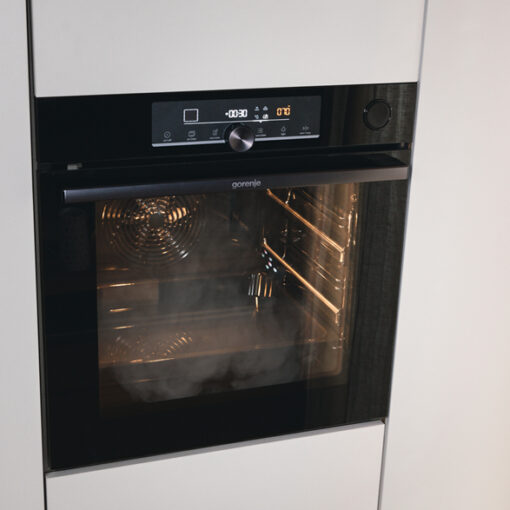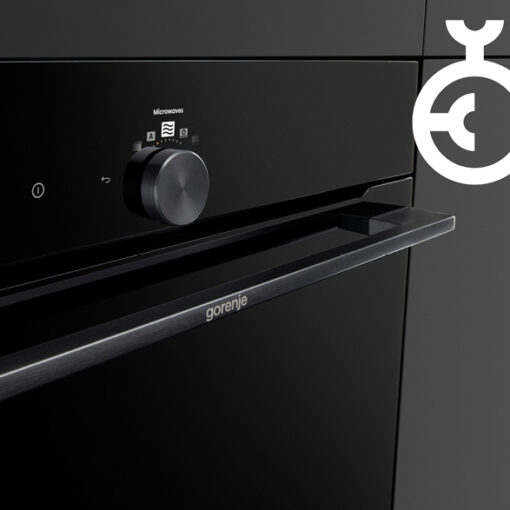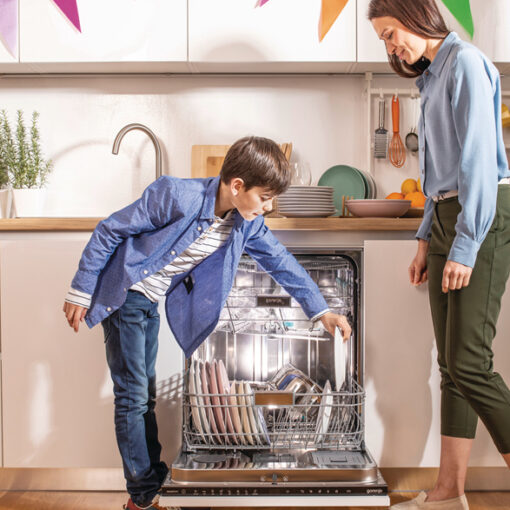Induction hobs: myths and facts

Compared to other methods of cooking, induction technology is relatively new. Perhaps this is the reason there are many myths and misconceptions surrounding induction hobs, the biggest one that they are unsafe. Here are the most common myths that need to be busted.
Brief explanation about induction cooking
Before we get to myth busting, here’s a quick explanation how induction cooking actually works. It is a cooking method where food is cooked with electromagnetism. An electromagnetic reaction occurs only between the burner and the iron particles in cookware, therefore, without the pot or pan, the hob doesn’t generate any heat.
MYTH 1: induction hobs are unsafe
This is perhaps the most common misconception, originating from the fact that induction hobs, indeed, emit low-frequency radiation. However, numerous scientific studies have shown time and time again that the magnetic field created by induction poses no health danger to users. On the contrary, induction cooktops are considered to be one of the safest ways of cooking since there is no risk of burning yourself, no risk of combustion, gas leaks or fuel inhalation. How many times have you rushed back home in absolute terror, worrying if you forgot to turn off your gas stove? With induction cooktops, you can throw this fear out the kitchen window, since they automatically switch off thanks to their smart sensors.
MYTH 2: Cooking with induction is less powerful than gas and allows less control
False. And false. Induction delivers more power and speed by heating the pan directly and with minimal wasted energy, while with gas, the heat is wasted away off the sides of the pan. Induction hobs respond quicker to temperature changes, allowing you to effectively control how hot you want your pan to be. Compared to gas cooking, induction hobs ensure faster results and greater precision.
MYTH 3: . You have to spend a fortune on new pots and pans
This was partly true years ago but most cookware on the market today can also be used with induction. And there’s a chance you already have pots and pans at home that are suitable for induction cooking – all cast iron, enamelled cast iron and most stainless cookware features a magnetic layer on the bottom. In you aren’t sure, if your cookware is suitable, try this simple test. If a fridge magnet sticks to the bottom of your cookware, it means it is induction friendly.
And while we are on the subject of money, since induction hobs are efficient and use more of the energy they generate, as opposed to gas or electric hobs, their use results in lower utility bills. In conclusion, you won’t have to spend a fortune but you will certainly save a fortune.
MYTH 4: The glass of the induction hob easily breaks
Again, this myth belongs to the past where on occasion, an accidental drop of a pot on the induction hob resulted in breakage. Modern hobs use incredibly strong and durable tempered ceramic glass which is also able to withstand extremely high temperatures, so cracking or warping it is another thing to scratch from your worry list.
MYTH 5: Cooking on induction hobs is difficult
Every induction hobs newbie has experienced the initial fear of cooking with induction. And we’re not going to lie – of course it will take you some time to master it, which skill in life doesn’t? Remember the first dishes you made on the gas stove? How many times have you burned them or undercooked them, trying to master the right temperature and cooking time? Trust us, with so many intuitive technologies and features of modern induction hobs, learning to cook on them will be as easy as a walk in the park (with a basket full of delicacies you cooked on your induction hob). There’s another issue you should worry about … once you start cooking on induction hobs, you will never again want to return to another mode of cooking.
Induction hobs have come a long way. These energy-efficient, easy to clean, quick to heat up kitchen helpers continue to evolve to such an extent they are almost like your personal home chefs. The Gorenje Induction Hob IS645BX, for example, comes with AutoDetect function that automatically detects the pot position and activates depending on its size. With the 3-in-1 timer, you can check the remaining cooking time directly on the hob and the IQboil brings your pot to boil temperature then maintains it. So, what’s the final verdict on induction hobs? That it’s time we debunk all the myths connected to them and start making mythological meals!






